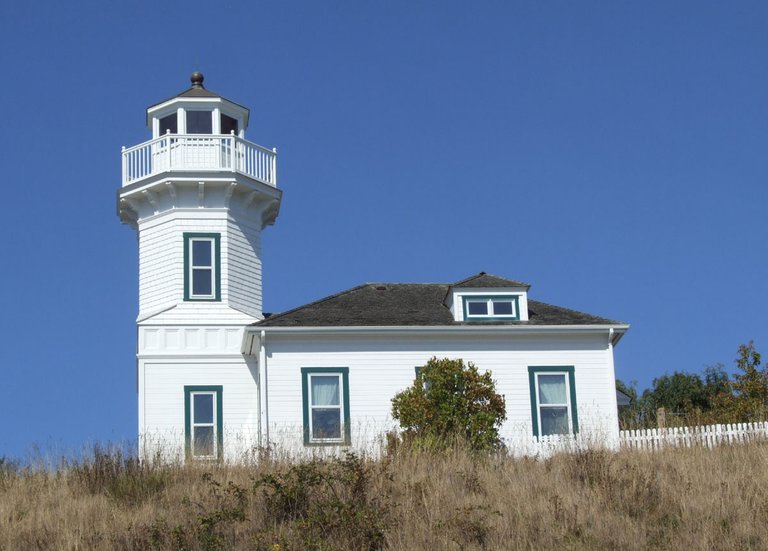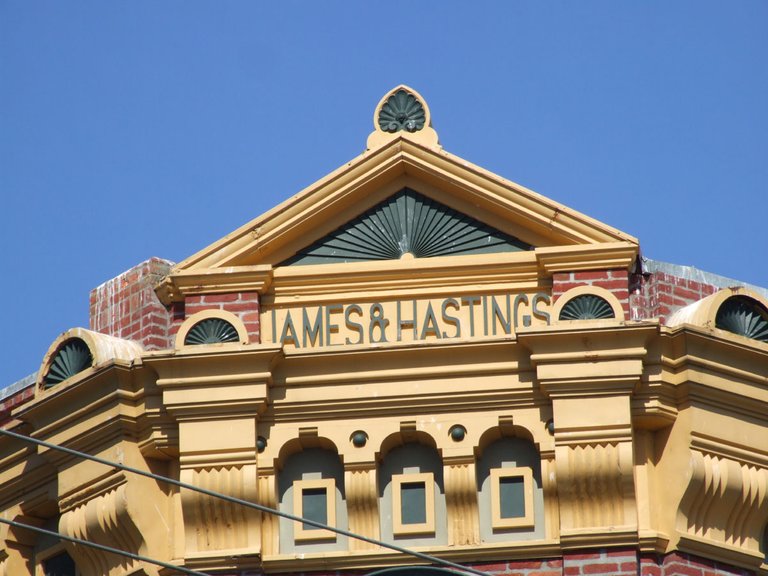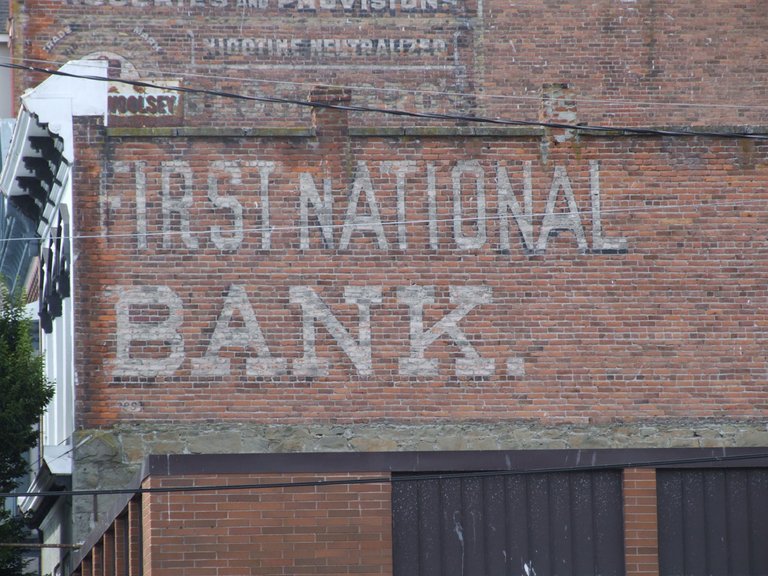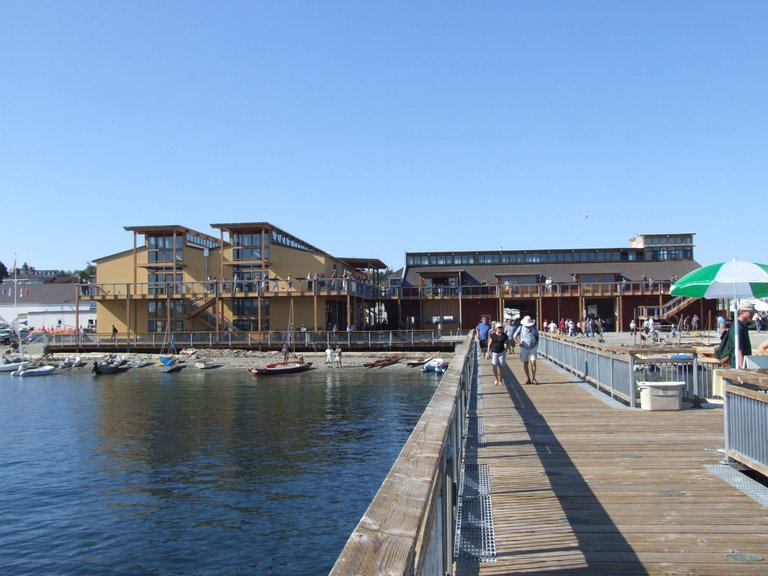Whereas we're living in an old town and a large part of our downtown area is a "historical district," not all the old buildings here are necessarily of historical interest.

The lighthouse was sold and turned into a private residence
There are quite a few houses and office buildings put up in the 1920s, making them — technically speaking — 100 years old.
This sometimes brings up the question of whether such old buildings should be knocked down and replaced by something new, or lovingly restored and given a new use and lease on life.
Here in the US, we have a tendency to knock things down and build something new unless it has historical significance. "New and shiny" and loaded up with modern features is seen as a positive. But is that always the best thing to do?

Historical architecture worth saving
One of the dilemmas we often run into in our town is the fact that it is not only a historical town, it is also a significant tourist attraction — possibly the most popular "day trip destination" and weekend getaway for the 3 million or so people who live in and around Seattle. They come here to see "quirky, old and quaint."
In addition, many people moved here because it was kind of a quaint and quirky and weird place that had a mixture of architecture across a broad spectrum of time from the 1860s to about 1930.
If you choose to knock down the older buildings and put up shiny new luxury condominiums instead you're essentially also agreeing to change the face of town, and actually change it away from the very quaintness that drew people here, in the first place.
The Maritime Center (built around 2008) replaced some relatively plain older houses
Some argue that the new architecture should "fit the town" but the risk is that you end up with something that's a bit like a artificially created antique Disneyland for tourists, but has lost its authentic charm to those who moved here; while the very people who made the town what it is start to move away.
I know a fair number of people who came to this town in the 1970s and 1980's when they were young families who now look around and say "this place just isn't what it used to be," and they have remarkably little compunction about leaving and instead spending their retirement years in Arizona or Florida.
And that strikes me as a rather sad outcome.
Many towns and small cities that tended to grow popular because they had "unique character" struggle with the very issue of gentrification. It seems that if you clean up things too much you end up with something that no longer resembles what made your town interesting to begin with.

There are no easy answers of course, but from where I'm sitting I would suggest that city government exercises a lot of restraint when it comes to Swinging The Wrecking Ball.
Of course, "change is inevitable," as the old saying goes. We saw things changing, back when we still had the Red Dragonfly gallery... downtown "gentrification" got rid of the somewhat random old sidewalk trees; the sidewalks were made much wider and perfectly even and smooth — allegedly in the name of "flood control" — along with a few other changes of dubious merit.
Where it will all go next, remains to be seen.
Thanks for stopping by! Feel free to leave a comment, if you feel so inclined!
20230822
H0070/0307
All images are our own, unless otherwise attributed
